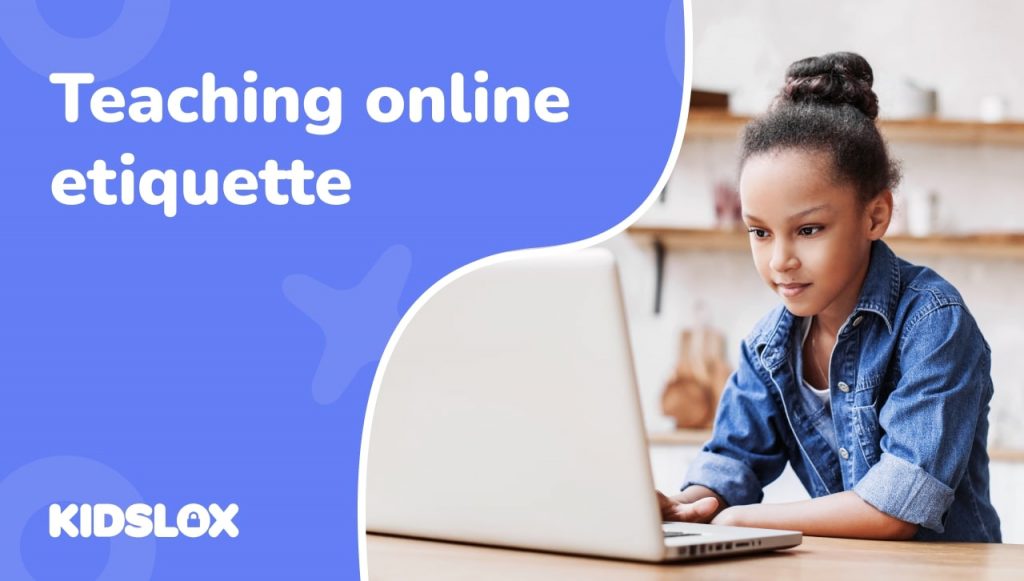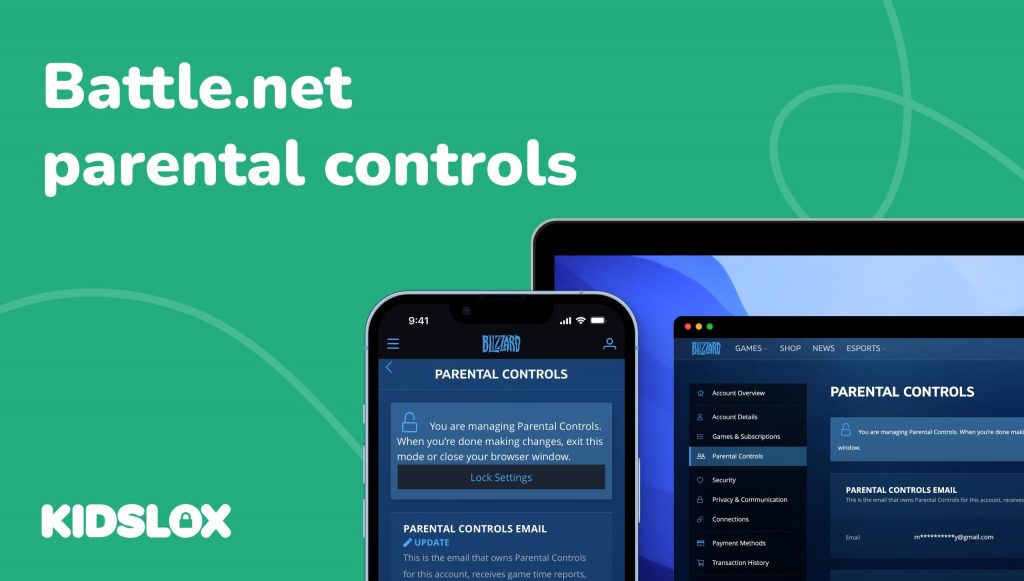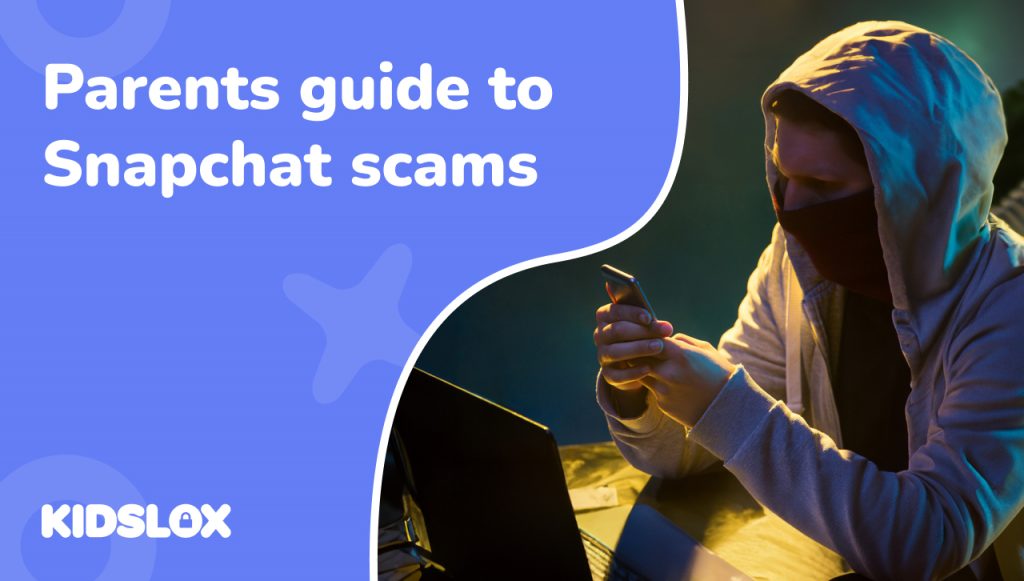The ALS Ice Bucket Challenge. Planking on the beach. Mastering the Bottle Flip Challenge. Each of these trends has one thing in common: they spread like wildfire across social media platforms, especially among younger users.
For parents, understanding why their child is obsessed with a current trend or challenge can be difficult. It can even feel like they use their own language when talking about different memes, challenges, and trends.
And most of the time, TikTok trends and challenges are fun and harmless. Many even raise awareness and funds for good causes. But lurking just beyond the lightheartedness are potential risks – and even criminal activities – that parents should be aware of.
Criminal Activity & Tiktok: A Risky Mix
Take the string of Kia vehicle thefts that swept across the United States in 2022 and 2023. Hyundai and Kia recently settled a $200 million class-action lawsuit connected to a viral TikTok challenge, known as the “Kia Challenge,” that inspired numerous car thefts.
The challenge exploited vulnerabilities in Hyundai and Kia vehicles made between 2015 and 2019, which lacked electronic immobilizers – an omission that made it easy for TikTok-based thieves known as “the Kia Boyz,” to bypass security using methods like a simple USB cable.
The thieves then created a TikTok challenge in which they demonstrated the process. Inspired by the videos, TikTok users have attempted their own car thefts, resulting in numerous expensive losses for their victims.
It is important that parents and guardians are aware of the potential risks posed by this type of challenge on social media platforms, including TikTok. While dangerous criminal activity and exploitation can be a concern on any platform, it is especially important for parents to discuss online safety with their children and teens.
What is TikTok?
Originally released as Musical.ly in 2014, TikTok is a free social media app where users can create and share short videos with music and special effects. It has become immensely popular among teens and young adults since merging with the Chinese-owned app Douyin in 2017.
The basic premise of TikTok centers around posting and sharing video content. Anything can be a TikTok – from showing off what you’re wearing that day (OOTD) to funny lip-syncing videos or even singing covers. There are no limits when it comes to creating on TikTok.
But what makes the app so popular is its challenges and trends. New challenges appear daily, encouraging users to create content based on a specific prompt or theme. Sometimes these come as an audio track with accompanying dance moves. Sometimes they’re merely a hashtag for people to explore and create content.
The app also enables users to find like-minded creators, form creative communities, and get discovered by big-name accounts or even brands. Whether it’s rising stars or household names, everyone can be found on TikTok – leading to the desire to create (and be shared) even greater. And sometimes, that desire can lead to big opportunities – and even bigger risks.
The Anatomy Of A TikTok Challenge
To understand how a TikTok challenge or trend goes from fun to frightening, we have to look at viral media and the colloquially-named “meme culture.” Digital media has made it easier than ever to share and spread ideas, images, videos, and more. When something catches on quickly with users around the world, it has a chance of becoming a viral trend.
TikTok challenges are no exception. They can start with one user creating a simple dance or video that catches the attention of other users, who then join in – potentially reaching millions of people in a short amount of time. In some cases, these challenges are harmless fun and can even be beneficial by promoting creativity and self-expression.
However, if certain challenges gain steam without proper oversight or moderation, they can become dangerous “challenges” that include activities such as ingesting cleaning products or other hazardous materials, engaging in risky behaviors, or encouraging cyberbullying. It’s important for users to be aware of the potential risks associated with taking part in certain TikTok challenges and for parents, educators, and influencers to help guide young users away from any potentially harmful activities.
Examples of TikTok Trends Gone Awry
The Kia and Hyundai thefts show just how quickly users can be encouraged to engage in dangerous behavior for a few minutes of digital fame. However, it’s far from the only example of a TikTok challenge gone wrong.
Coronavirus Challenge:
TikTok users dared each other to lick toilet seats or other unsanitary surfaces during the early stages of the COVID-19 pandemic. This challenge was not only gross but extremely dangerous, given the risk of spreading or contracting the virus.
Silhouette Challenge:
Initially intended as an empowering trend, participants would film themselves in silhouettes against a red-lit background. However, some individuals found ways to adjust the lighting in the videos to reveal the participants’ bodies, leading to privacy violations.
Milk Crate Challenge:
Individuals attempted to climb a pyramid of milk crates, which often resulted in falls, causing sprains, breaks, and other dangerous injuries. TikTok eventually banned this challenge due to the risks involved.
Cha-Cha Slide Challenge:
Participants listened to the Cha-Cha Slide song while driving, following along with the song’s instructions which led to reckless driving and posed serious dangers on the road.
Safety Measures and Parental Controls on TikTok
Recognizing the potential risks associated with its platform, TikTok has implemented different rules for different ages, with stricter privacy settings for younger users.
Parents can utilize the restricted and family safety modes to further limit their children’s content and settings. TikTok also allows users to make their videos and messages private, providing an additional layer of safety.
Additionally, parents can take advantage of the app’s parental controls, such as time limits and content filters, empowering them to protect their children from inappropriate content. Within smartphone devices, parents can also limit access to the app through their device’s settings or other parental control software.
Yet the draw toward digital fame is strong, and those who want to still access content will likely find ways to do so. That’s why it is essential for adults to be involved in their children’s digital lives, monitoring and guiding their online safety.
Tips for Establishing a Safe TikTok Environment
If you plan to allow your child to use TikTok, taking the time to set up a safe environment is essential.
1. Engage in Collective Viewing and Content Creation:
Parents can foster a safer TikTok environment by actively participating alongside their children in both viewing and creating content.
This collaborative approach allows parents to better understand the platform, monitor the kind of content their children are exposed to, and guide them in creating appropriate and safe content. It’s a valuable opportunity to bond with your children while educating them on safe online behavior.
2. Set Up Private Accounts:
To ensure a more controlled and private environment, especially for younger kids, setting up private TikTok accounts is advisable. A private account restricts who can view and interact with the account’s content to approved followers only, thus reducing the risks associated with public exposure.
3. Utilize Restricted Mode and Family Pairing Features:
TikTok provides features such as Restricted Mode and Family Pairing to help parents monitor and control their child’s activity on the platform.
By regularly checking their child’s TikTok activity through these features, parents can ensure a safer and more age-appropriate TikTok experience for their children.
4. Educate About the Risks of TikTok Challenges
Engage in open discussions with your children about the potential dangers associated with participating in certain TikTok challenges. Explain the importance of thinking critically and evaluating the risks before engaging in online trends or sharing personal content.
Navigating and Curating Content on TikTok
One key aspect of TikTok is the ability to curate the algorithm to best suit your child’s needs. Encourage your children to find and follow content that interests them, curate their Discover page with the “For You” option, and interact with people who share similar values in a respectful way.
Guide Navigation on the ‘For You’ Page
TikTok’s “For You” page introduces users to new trends, challenges, and creators based on their preferences. While it offers a personalized experience, it can sometimes display inappropriate content. Parents should guide their children on how to navigate this page to ensure they encounter appropriate and safe content.
Teach the Use of ‘Not Interested’ Feature
Educate your children on how to use TikTok’s “Not Interested” feature to filter out unwanted or inappropriate content. By doing so, not only will the app curate a safer feed based on the feedback, but it also provide a learning opportunity for children to understand the importance of digital filtration and content curation for a safer online experience.
Encourage Reporting and Blocking of Inappropriate Content
Teach your children how to report or block inappropriate content or users on TikTok. By doing so, they not only help maintain a safer online community but also learn the importance of standing up against online harassment and inappropriate content.
Maintain Open Communication
Ensure there is open communication between you and your children regarding their experiences on TikTok. Encourage them to share any concerns or uncomfortable encounters they may have on the platform, and be prepared to provide support and guidance on how to handle such situations.
Protecting Your Children’s Privacy on TikTok: A Balanced Approach
Given the global reach of TikTok, the platform has faced scrutiny over its security and privacy practices. Parents can help protect their children’s privacy by setting up privacy settings regularly monitoring their activity on TikTok and being willing to invest in safety. A balanced approach between limitation and freedom allows families to better manage their children’s digital lives while also allowing them to explore and engage with the app safely.
TikTok trends and challenges can be fun and engaging ways to interact with the ever-growing online community. However, it’s important to be aware of the potential risks that come with participating in these activities. Discuss with your child how they should consider and protect their personal information when joining a challenge or making a video.
When you take a balanced and informed approach to using TikTok, you can help ensure that your children are staying safe while having fun online.
Want to learn more about how to help your child and family engage with social media in a healthy way? Check out our library of resources online – and learn how to protect your data and stay safe no matter where you are online!





